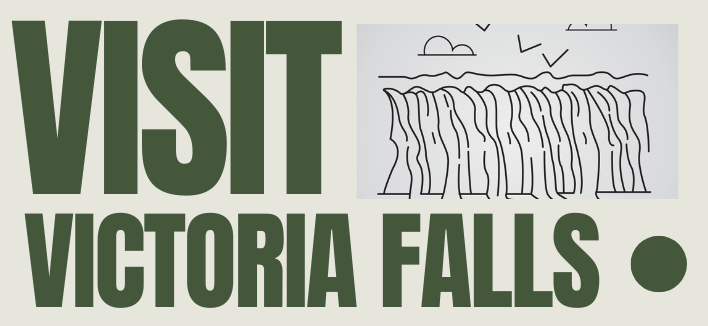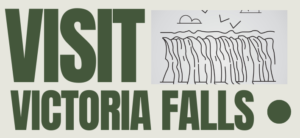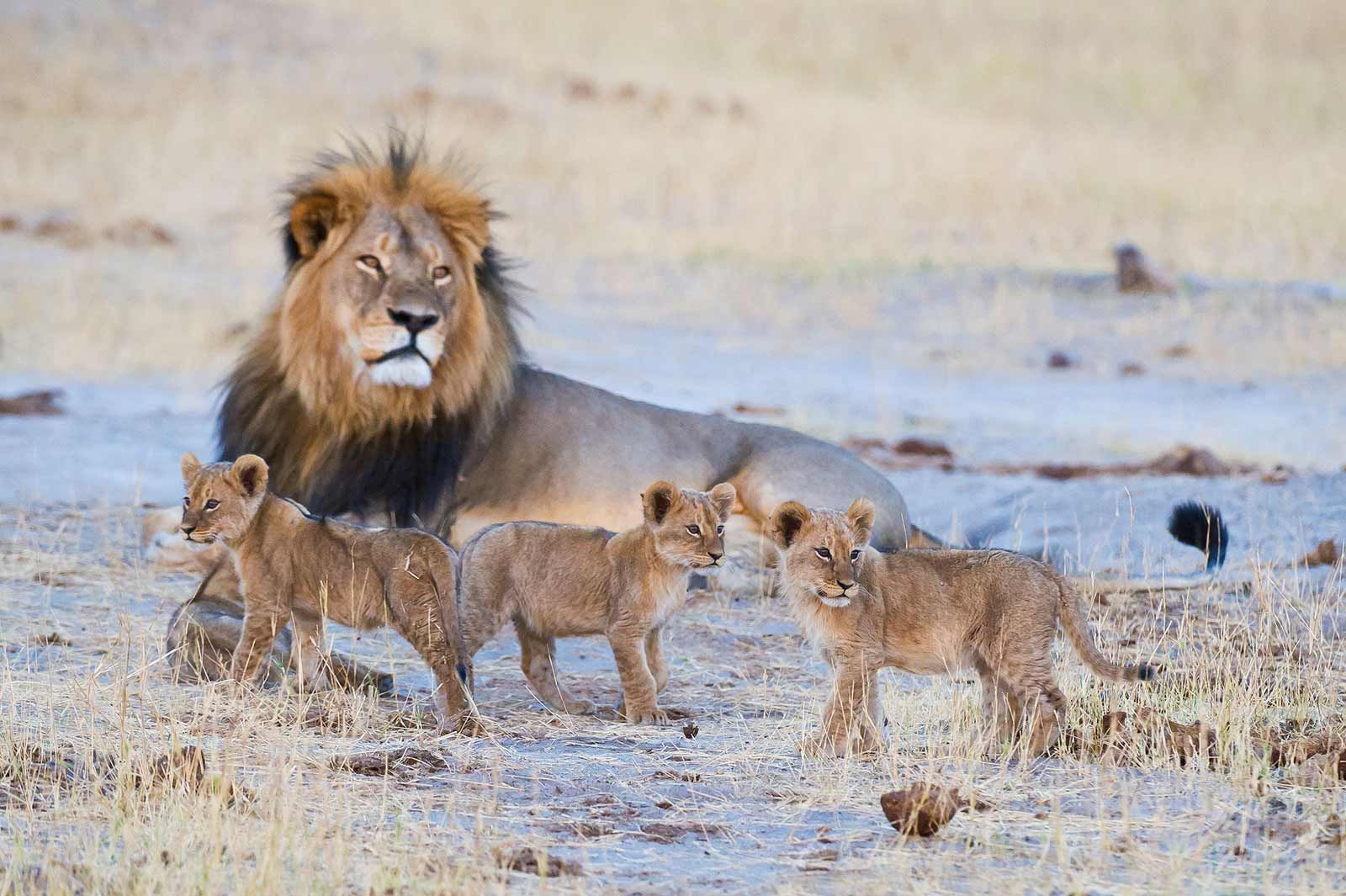
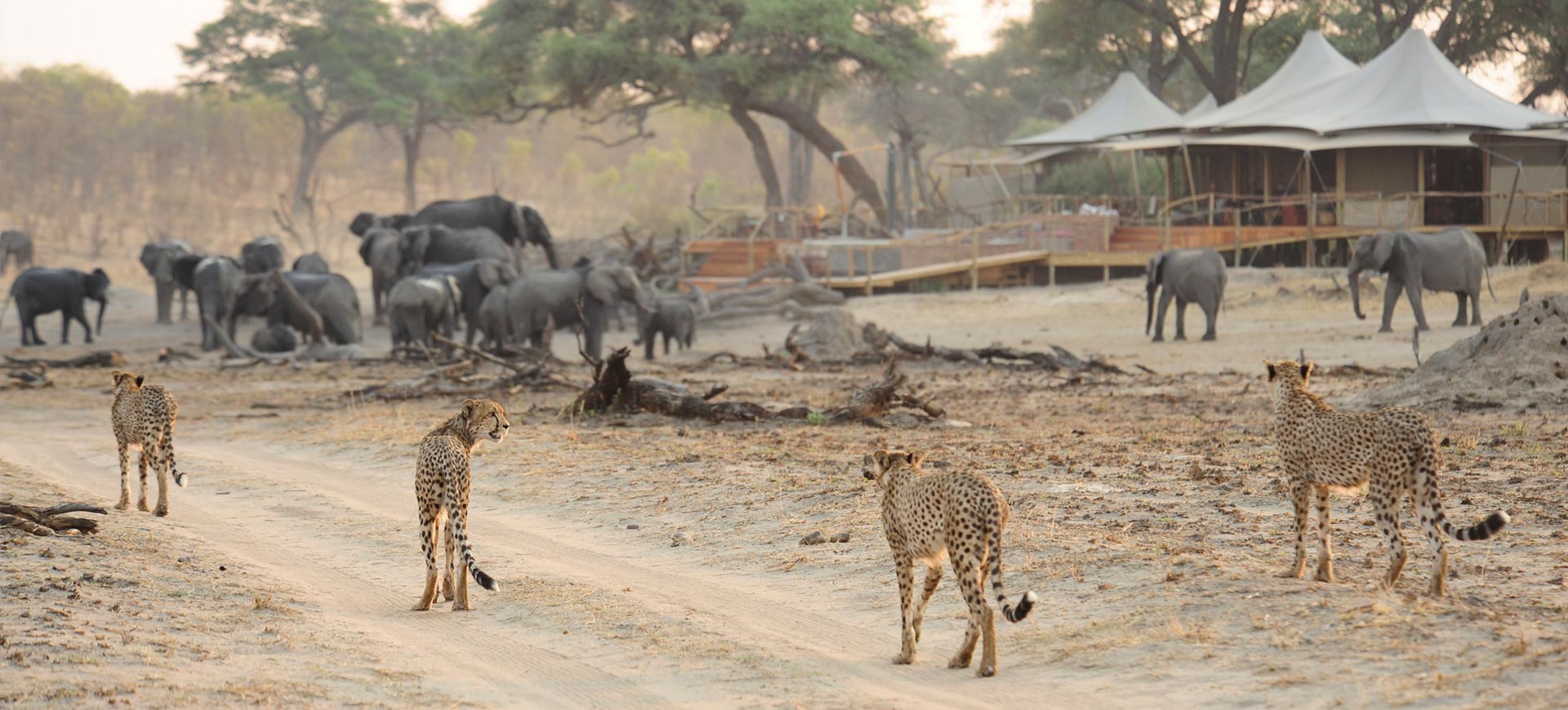
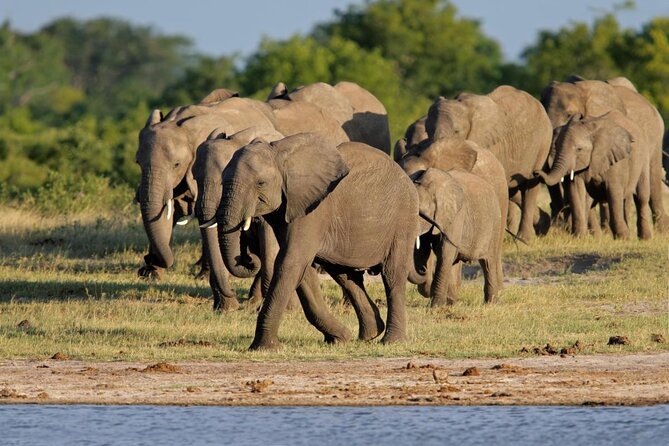
Hwange National park
Over view
Hwange National Park is the largest in Zimbabwe, spanning an impressive 14,651 square kilometres. Its main entrance is situated two hours’ drive or a 30-minute flight south of Victoria Falls. It is the park with the highest concentration of elephants in the nation. The park is named after a local Nhanzwa chief, and was once the royal hunting ground for the Ndebele warrior-king Mzilikazi, before being classified as a protected National Park in 1929.
Attractions in Hwange National Park.
Animal species
The animals of Hwange National Park can best be described as “a wildlife extravaganza.” The park is renowned for the astounding diversity of animal species it contains. Tourists to this wildlife safe haven can look for to recognize the Big Five like buffaloes, elephants, rhinos, leopards, lions as well as many other animals like wildebeests, giraffes, antelopes, hippos, zebras, aardvarks, sable, and hyenas.
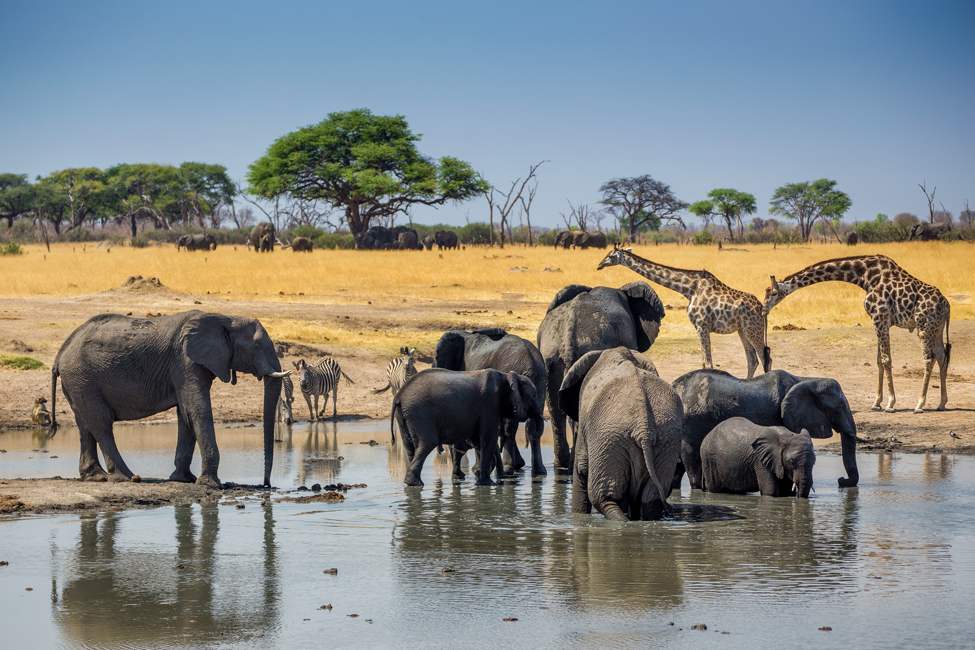
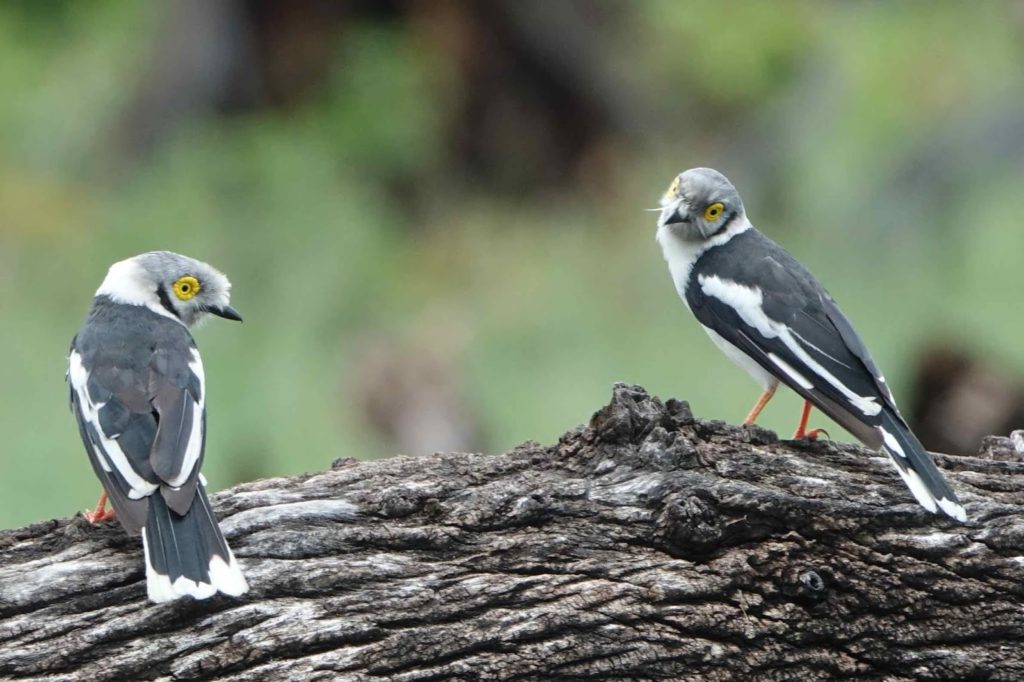
Bird species
Hwange National Park is an authentic birding hot spot. 50 types of raptor have been recorded, especially the striking bateleur, which is often seen soaring overhead. Maccoa Duck (Oxyura maccoa), Common Ostrich, White-faced Whistling-Duck, Southern Ground Hornbill, Bustard, and Woolly-necked Stork (Ciconia episcopus). Hwange is an outpost for many species distinctive to the dry Kalahari region, including Bradfield’s hornbill, southern pied babbler and crimson-breasted shrike. The location is a migratory bird’s haven from November to April.
Painted Dog Visitor Centre
In Zimbabwe, the Painted Dog Conservation Centre, which is close to Hwange National Park, is an effective facility for rehabilitating wildlife. With excellent courses that teach conservation and a rehabilitation area for injured or abandoned dogs, the centre focuses on helping both humans and dogs.
Locals who live near the park’s boundaries are trained as employees, and they share their knowledge with others. They show you around the facility and introduce you to any canines involved in the rehabilitation process.
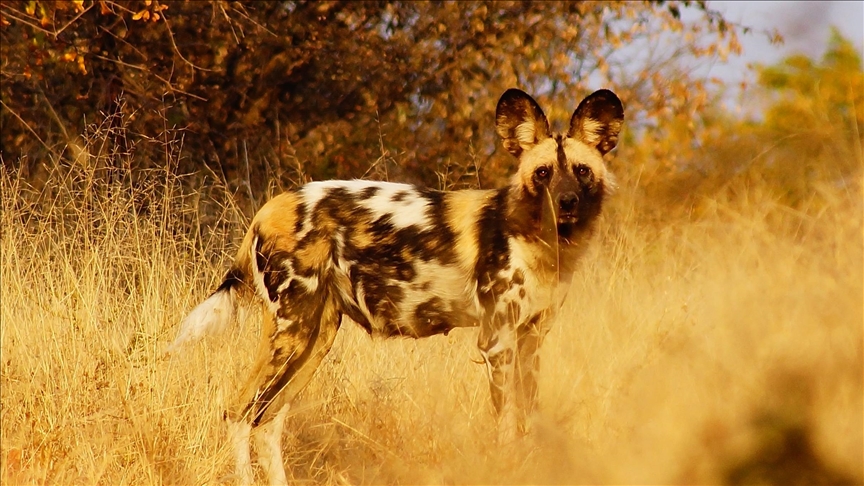
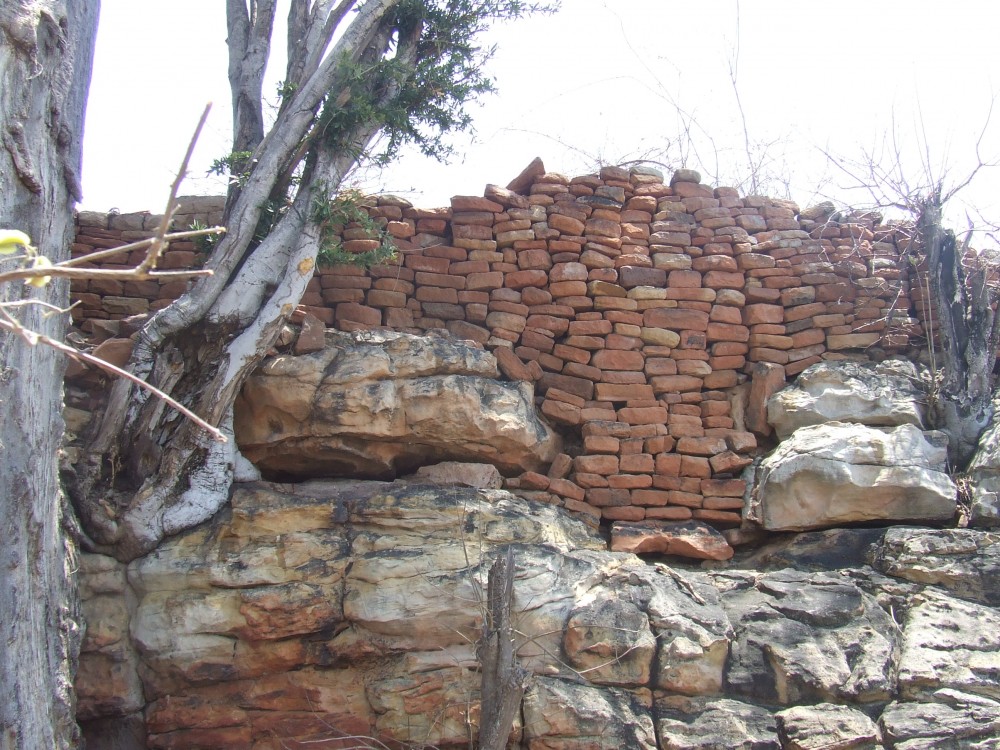
Bumbusi Ruins
Bumbusi Ruins are situated in Zimbabwe’s Hwange National Park and serve as a reminder of the area’s rich past. Visitors are immersed in the mysteries of a long-gone era at this ancient archaeological site through an engrossing portrayal of the past. Bumbusi Ruins are thought to have been occupied as early as the ninth century AD, based on evidence dated to the late Iron Age. These ruins are thought to have once been a bustling community that was a part of larger trade networks that extended throughout southern Africa.
The site’s strategic location along old trade routes promoted economic and cultural exchanges, which added to its historical significance in the area. The numerous buildings that make up the ruins, such as stone walls, platforms, and artefacts, shed light on the way of life, social structure, and interactions between the ancient residents and neighboring communities.
Renowned Waterholes
The over 60 man-made waterholes that are dispersed throughout the national park and are filled with water from bore holes are a major source of sustenance for the animals that inhabit Hangwe National Park. These waterholes provide ample space for observing amazing animal species, primarily the big five mammals. This fascinating feature quenches visitors’ thirst by providing them with an amazing view of the park’s animal species near the water sources.

Activites to do in Hwange National Park.
Game drives.
A veritable feast for the senses, game drives in private concessions throughout the park offer breathtaking scenery, cool breezes, naturally occurring dusky perfumes, and an orchestra of African sounds. You can sit in tiered seating on the open-sided 4x4s, guaranteeing clear views and excellent photo ops. Experienced and knowledgeable guides lead game safaris, customizing itineraries to each visitor’s preferences be it seeing a particular animal, learning about the behaviours of various species and their environments, or just taking in the expansiveness of the bush. Travellers who are interested can always count on guides to share their extensive knowledge and expertise with them.
Without taking a game drive through Hwange National Park, a safari to Hwange is not complete. Between 6 a.m. and 6 p.m., drivers are able to traverse the park and come across the Big 5, who are free to roam the area and the nearby concessions.
Bird watching safari.
Discover the many native and migratory species over 500 bird species that call Hwange National Park home by exploring the sky above the park on this amazing Zimbabwe birding watching safari. Enthusiastic birding guides will teach you everything there is to know about the variety of birds that have taken up residence in Hwange. Travellers will take pleasure in the diverse array of avian sights and sounds while traversing through one of Zimbabwe’s most renowned national parks. After a day of touring Hwange on your unforgettable African safari, take in the serenity that comes with sitting next to a roaring bonfire and watching the horizon as day turns into night. Pennant-winged nightjar, secretary bird, kori bustard, red-billed francolin, and bronze-winged courser are a few of the bird species that have been sighted. The following birds are migratory that can be spotted too like broad-billed roller, Jacobin cuckoo, Levaillant’s cuckoo, European roller, Amur falcon, red-backed shrike, and yellow-billed kite.
Visit the Painted Dog Conservation Centre.
The population of wild dogs, also called painted dogs, have decreased from approximately 50,000 to only 3,000 after they once roamed through 39 countries. A location such as the Painted Dog Conservation Centre in Dete, Zimbabwe, is an oasis for them given the drastic decline in population brought about by urbanization and the loss of natural habitat. The conservation facility seeks to address the problem by protecting and rehabilitating wild dogs that have been hurt or abandoned, as well as by offering long-term educational and developmental initiatives to the local communities. Additionally, the centre tries to relocate whole packs of wild dogs from trouble spots to areas where they can live happily ever after.
Cultural Tourism Experiences.
The San people, who have a rich cultural history in the area, are the target audience for tourism initiatives aimed at transforming the local villages in the Hwange District into tourist destinations. To understand more about the locals and their distinctive cultures, tourists can tour traditional homesteads in the area. Village markets give residents the opportunity to sell their handmade goods, allowing them to leverage their talent into a source of income for their families.
Victoria Falls Day Trip.
One of the Seven Natural Wonders of the World, Victoria Falls, is a magnificent phenomenon that is easily visited in a single day. From Hideaways Nantwich, Hwange, it’s only a thirty-minute flight or less than two hours by road. The fall and their environs are breathtakingly beautiful, but they also provide a variety of enjoyable activities, such as helicopter tours over the fall, risk-taking bungee jumping from the Victoria Falls Bridge, and other unique safari experiences. To experience some of the greatest safari activities in Hwange, we suggest our Hwange and Victoria Falls Safari for a longer adventure.
Guided Walking safari.
Walk through Zimbabwe and feel the untouched beauty and allure of the country as the first explorers did. Walking through Hwange National Park is permitted in private concessions and is an incredible and humbling experience, as you walk on the same paths that animals use to roam freely and get a close-up look at their personal lives. It’s the ideal experience to help you appreciate the beauty of nature. Your eyes are opened to a new and fascinating world by the leisurely walk pace and the knowledgeable safari guides. The distinct viewpoint obtained while strolling evokes a feeling of satisfaction and appreciation for the senses. You feel unified and at one with the earth after taking a stroll through the park, which inspires you to decompress, unwind, and get in touch with nature.
After enjoying a coffee by the fire and some delectable muffins, the walking safari departs to explore a portion of the nearly 2 500 hectares (6 200 acres) of unspoiled African bush on foot. Along with learning how to identify different tracks, walkers will also receive instruction on smaller wildlife and plants found in the park that are frequently overlooked during game drives. After exploring the breathtaking scenery under the warm African sun, guests will have a newfound appreciation for the bush at the end of the tour.
Time at a waterhole.
There are many waterholes in Hwange National Park, and the majority of them are now pumped by solar power. These are great spots to observe animals as they come to drink. Elephants, buffalo, and antelope are almost certain to be spotted later in the day as the temperature rises. In the early morning, you might spot a lion or leopard sunning themselves in the water.
For an alternative viewpoint of the surrounding wildlife, get out of the car and stretch your legs on an elevated viewing platform or underground hide at a waterhole. The platforms and hides are excellent locations for anyone who enjoys photographing wildlife.
Best time to visit Hangwe National Park.
The best months to see animals in this park are unquestionably August, September, October, and the beginning of November. When there is very little water readily accessible animals gather at the few pumped waterholes. At one of these watering holes, you can enjoy excellent game viewing if you sit quietly and patiently.
